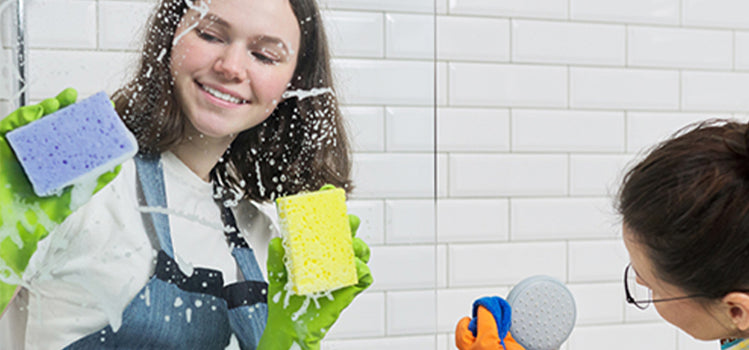It's astonishing how much money and water can slip away unnoticed. We're all familiar with the annoyance of a dripping faucet. Whether it's the gentle drip of a tub spout or the rhythmic patter of a showerhead, the sound can be maddening, echoing through the house and disrupting the peace. While it may seem like a minor inconvenience at first, the truth is that a dripping faucet is far more than just a nuisance—it's a significant waste of resources. Each drip represents a tiny amount of water lost, but when multiplied over time, the cumulative waste can be staggering. Not only does this constant dripping drive up your water bill, but it also puts unnecessary strain on the environment. Every drop counts, and allowing them to go to waste is both irresponsible and costly.
Addressing a dripping faucet may seem like a small task, but it's one that can yield significant benefits. By fixing leaks promptly, you not only save money on your water bill but also contribute to water conservation efforts. It's a simple yet impactful way to make a difference and ensure that every drop is put to good use. If you're interested in further maintenance tips for your shower, such as ensuring optimal cleanliness and functionality, you may find this comprehensive guide on how to clean your shower head particularly useful .
Drowsing by The Drop
That persistent drip—it's the one that torments your thoughts as you try to sleep, nudging you to add plumbing repairs to tomorrow's to-do list. For busy homeowners juggling the demands of family and work, a dripping faucet often gets relegated to the "deal with it later" pile. But what harm could a small drip really do? It's tempting to brush it off as inconsequential, especially when life is already so hectic. However, dismissing the issue and delaying repairs can lead to significant financial repercussions and unnecessary water wastage.
LET’S LOOK AT THE STATS. SHALL WE?
Recent statistics reveal a startling truth: around 10,000 gallons of water go to waste in North American households each year. What's even more alarming is that a significant portion of this water—approximately 85 to 90 gallons per day—is lost due to leaking faucets and spouts. That's a staggering amount of water! Consider this scenario: if your faucet drips just five times per minute, it might not seem like much, but it adds up quickly. In fact, this seemingly minor drip could result in wasting half a gallon of water every day, translating to over 15 gallons per month or a whopping 182.5 gallons per year. And that's just for one dripping faucet. If you factor in additional leaks from sinks or showerheads in the same household, the numbers can easily double. For a more accurate assessment of the impact of these drips, you can use online drip calculators. Let's say you input the maximum estimate of drips per hour—120 per minute—and assume this is happening in a single household. The potential water wastage could amount to a staggering 172,800 drips per day or 43.2 liters (equivalent to 11.4 gallons) per day, resulting in a whopping 4,165.9 gallons per year. While this estimate may vary depending on factors such as location and water pricing, it's still eye-opening. In the United States, the cost of water wastage averages around 0.0015 cents per gallon. This might not seem like much, but when you consider the annual wastage of 4,165.9 gallons, it adds up to approximately $6,247 per year. That's a significant amount of money going down the drain—literally.
No matter how you slice it, wasting water is a costly affair, both for your wallet and the environment. It's a resource we can't afford to squander, which is why finding effective solutions to mitigate water wastage is crucial.
One viable solution lies in enlisting the expertise of qualified professionals to undertake bathroom renovations or complete overhauls. By revamping your bathroom space, you not only enhance its aesthetics but also address underlying issues contributing to water wastage.
A practical approach to tackling this problem is through a partial remodel focusing on the tub and shower area. This targeted transformation can yield significant water savings while rejuvenating the look and functionality of your bathroom. What's more, with advancements in renovation techniques, such as rapid remodel solutions, the entire process can be completed in as little as 24 hours.
By investing in thoughtful bathroom upgrades and leveraging innovative remodeling techniques, you can effectively curb water wastage and transform your bathroom into a more sustainable and efficient space.




